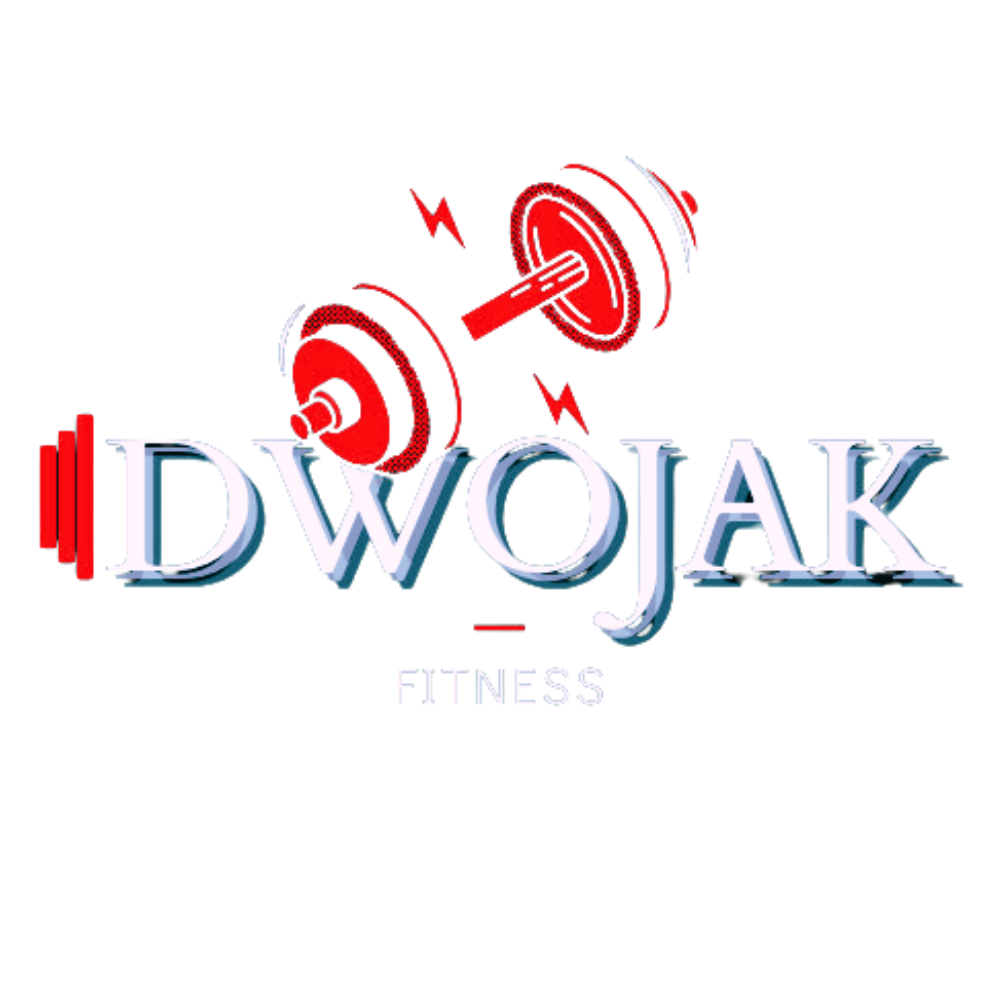Your cart is currently empty!
Switching to a vegetarian or vegan diet can be a rewarding lifestyle choice, offering numerous health, environmental, and ethical benefits. However, for many, a common concern is whether they can meet their protein needs without consuming animal products. With a little planning and understanding, it’s entirely possible to thrive on a plant-based diet while hitting your protein goals.
The Benefits of a Plant-Based Diet
1. Health Benefits
Plant-based diets are associated with a range of health benefits:
- Reduced Risk of Chronic Diseases: Studies indicate that vegetarian and vegan diets are linked to lower risks of heart disease, type 2 diabetes, and certain cancers due to higher intake of fiber, antioxidants, and phytonutrients【1】.
- Lower Cholesterol and Blood Pressure: Eliminating animal products reduces saturated fat intake, which can improve cardiovascular health【2】.
- Improved Weight Management: A plant-based diet tends to be lower in calorie density, helping with weight control【3】.
2. Environmental Impact
Reducing or eliminating animal products lowers your carbon footprint, as livestock farming is a significant contributor to greenhouse gas emissions, deforestation, and water usage【4】.
3. Ethical Considerations
For many, vegetarianism or veganism aligns with their values of animal welfare and sustainability.
The Challenges of Meeting Protein Needs
Protein is essential for building and repairing tissues, supporting the immune system, and maintaining muscle mass. While plant-based diets can provide sufficient protein, there are unique challenges to address.
1. Protein Quality
Animal proteins are considered “complete,” meaning they contain all nine essential amino acids in optimal proportions. Most plant proteins are “incomplete,” with the exception of a few (e.g., quinoa, soy, buckwheat). To overcome this:
- Combine Foods: Pairing foods like beans and rice or hummus and whole-grain pita can provide all essential amino acids.
- Diversify Your Intake: Eating a wide variety of plant-based proteins ensures you’re covering your amino acid needs.
2. Protein Density
Plant-based foods tend to have lower protein density compared to meat, meaning you may need to eat larger volumes to meet your needs. For example:
- 100 grams of chicken provides about 31 grams of protein, while 100 grams of lentils provides about 9 grams.
3. Micronutrient Gaps
Relying solely on plants for protein may result in deficiencies in certain nutrients often found in animal products, such as:
- Vitamin B12
- Iron (heme iron in meat is more easily absorbed)
- Zinc
- Omega-3 fatty acids
These gaps can be addressed with fortified foods or supplements.
Top Plant-Based Protein Sources
To meet your protein goals, incorporate these nutrient-dense plant foods into your diet:
| Food | Protein (per 100g) |
|---|---|
| Tofu | 8–10g |
| Tempeh | 19g |
| Lentils | 9g |
| Chickpeas | 9g |
| Quinoa | 4g |
| Edamame | 11g |
| Chia Seeds | 17g |
| Hemp Seeds | 32g |
| Nutritional Yeast | 50g |
| Almonds | 21g |
Adding these to meals and snacks can help ensure you’re reaching daily protein recommendations. Most adults need about 0.8–1.0 grams of protein per kilogram of body weight, with higher needs for athletes or those engaging in intense physical activity【5】.
The Science: Plant-Based Proteins vs. Animal Proteins
Research shows that plant-based proteins can support muscle maintenance and recovery, as long as total protein intake is sufficient. A 2020 study in the journal Nutrients found no significant differences in muscle mass or strength between athletes consuming plant-based versus omnivorous diets, provided their total protein intake was equal【6】.
However, plant-based diets may require more planning to ensure adequate leucine intake, an amino acid critical for muscle protein synthesis. Foods like soy, lentils, and pumpkin seeds are rich in leucine.
Tips for Success
- Track Your Intake: Use apps like Cronometer to monitor your protein and amino acid intake.
- Incorporate Protein-Rich Snacks: Snack on roasted chickpeas, edamame, or protein bars made from pea protein.
- Consider Protein Supplements: Vegan protein powders from pea, rice, or hemp can help fill any gaps.
- Prioritize Variety: Rotate between beans, grains, nuts, seeds, and soy-based products.
Potential Disadvantages of Plant-Based Diets
- Increased Food Preparation Time: Preparing balanced plant-based meals can require more effort than relying on convenient animal proteins.
- Social and Cultural Barriers: Dining out or attending events may present fewer vegetarian or vegan options.
- Risk of Deficiency: Without proper planning, deficiencies in B12, iron, or omega-3s can occur. Regular blood tests and supplements can mitigate these risks.
Conclusion
Adopting a vegetarian or vegan diet offers numerous health and environmental benefits, but protein intake requires mindful planning. By incorporating a variety of protein-rich plant foods, using strategic combinations, and supplementing as needed, you can confidently meet your protein goals while reaping the rewards of a plant-based lifestyle.
Whether you’re driven by health, ethics, or environmental concerns, shifting to a vegetarian or vegan diet can be a powerful choice—with the right tools to succeed.
References
- Key TJ, Appleby PN, Rosell MS. “Health effects of vegetarian and vegan diets.” Proc Nutr Soc. 2006.
- Barnard ND, Levin SM, Yokoyama Y. “A Systematic Review and Meta-Analysis of Changes in Body Weight and Blood Lipids in Vegetarian Diets.” J Acad Nutr Diet. 2015.
- Tonstad S, et al. “Type of Vegetarian Diet, Body Weight, and Prevalence of Type 2 Diabetes.” Diabetes Care. 2009.
- Poore J, Nemecek T. “Reducing food’s environmental impacts through producers and consumers.” Science. 2018.
- Phillips SM. “Nutrient-rich meat proteins in offsetting age-related muscle loss.” Meat Sci. 2012.
- Hevia-Larraín V, et al. “Plant-Based Diets on Muscle Mass, Strength, and Protein Requirements: A Meta-Analysis.” Nutrients. 2020.
Popular Posts
- Why You Should Hire a Nutrition Coach to Help You Meet Your GoalsLet’s face it—navigating the world of nutrition can be confusing.… Read more: Why You Should Hire a Nutrition Coach to Help You Meet Your Goals
- How Starting to Run Will Change Your Life (+ 6-Week Running Plan for All Levels)Running isn’t just something you do—it’s something you become. It… Read more: How Starting to Run Will Change Your Life (+ 6-Week Running Plan for All Levels)
- Why Hybrid Training is the Best Fitness Approach for EveryoneEmbarking on a fitness journey can feel daunting. Whether you’re… Read more: Why Hybrid Training is the Best Fitness Approach for Everyone
Categories
- NEWS & ARTICLES (15)
Archives
- April 2025 (2)
- November 2024 (12)
- October 2024 (1)






